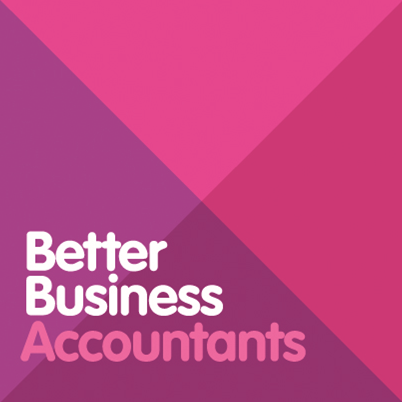Have you ever sat in a meeting with your Accountant and they’ve told you how much profit you’ve made and you’ve thought ‘well where is all the money then?’ You may even have been congratulated on your lift in performance but in the front of your mind you’re wondering how you’re going to make payroll tomorrow.
Don’t worry you’re not alone in your thinking here. The problem is that cash is simply never going to be the same as profit. Here are the reasons why:
1. Tax payments – even if your profit figure is reported as ‘after tax’ the timing of those tax payments is very different to what is in the profit and loss. For example, you may have paid too much tax and be due a refund (or vice versa and owe some more tax).
2. Asset purchases – these drain your cashflow but are investments not business expenses. You can’t buy a new car at the end of a good year to drop your profit!! Asset purchases go onto your balance sheet not your profit and loss.
3. Asset sales – these give you cashflow and are not treated as income – they reduce your investments in assets on your balance sheet.
4. Drawings to owners – funds that you take for yourself to live off come out of the investment you have made in the business. Clearly your living costs are not a business expense so don’t reduce your profit!
5. Increases / decreases in debtors – your profit and loss records what you have invoiced to your customers in any given period NOT what you have collected.If there is a build-up in debtors you will reduce your cash as you are still going to have to pay out for the costs that were incurred in making those sales. The great news is that, if you reduce your debtors balance by collecting your debtors quicker, you increase your cash and pay no more tax!
6. Increase / decreases in stock or work in progress – your profit and loss records what stock or work in progress has been ‘consumed’ in the sales you have made. If your stock increases and has not yet been sold, then you have used up your cash but not made any difference to your profit for that period.
7. Increases / decreases in creditors – like with debtors, your profit and loss records the expenses you have had in the period. If you haven’t yet paid for some of these expenses out of cash then your profit will be lower but your cash will be higher – of course not paying your suppliers is not a strategy you can adopt to increase your cashflow though.
8. Loan repayments – paying principal off your loans is not a business expense (so not in the profit and loss) but it definitely reduces your cash.
9. Depreciation – this is a way of gradually spreading the cost of your fixed assets like plant and equipment and vehicles over their useful lives. Depreciation is therefore recorded as an expense in the profit and loss but has no impact on your cash position.
The best way to fully understand the differences between cash and profit in your business is to talk to us about it. Book a meeting with us and we’ll go through this with you and help you to make a plan to increase your cash.
